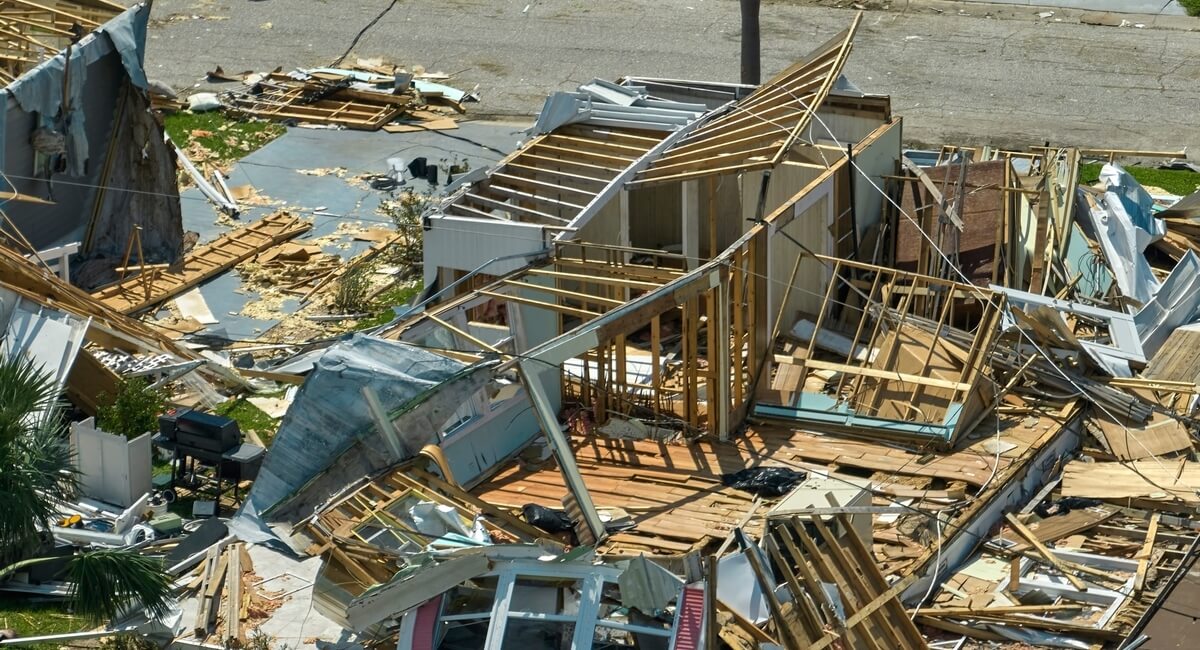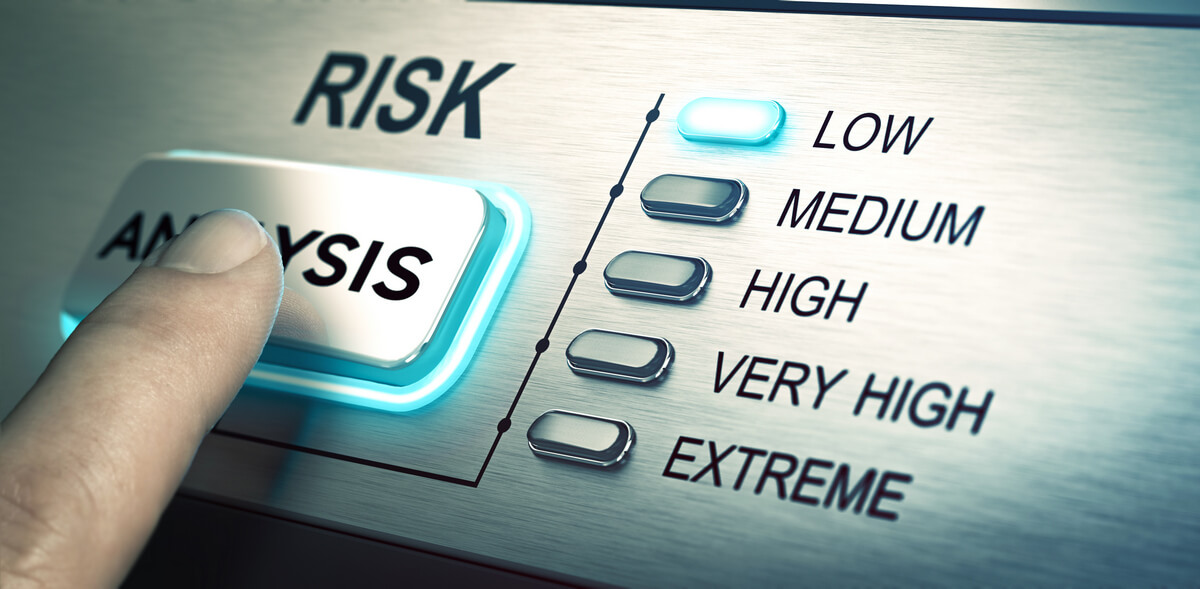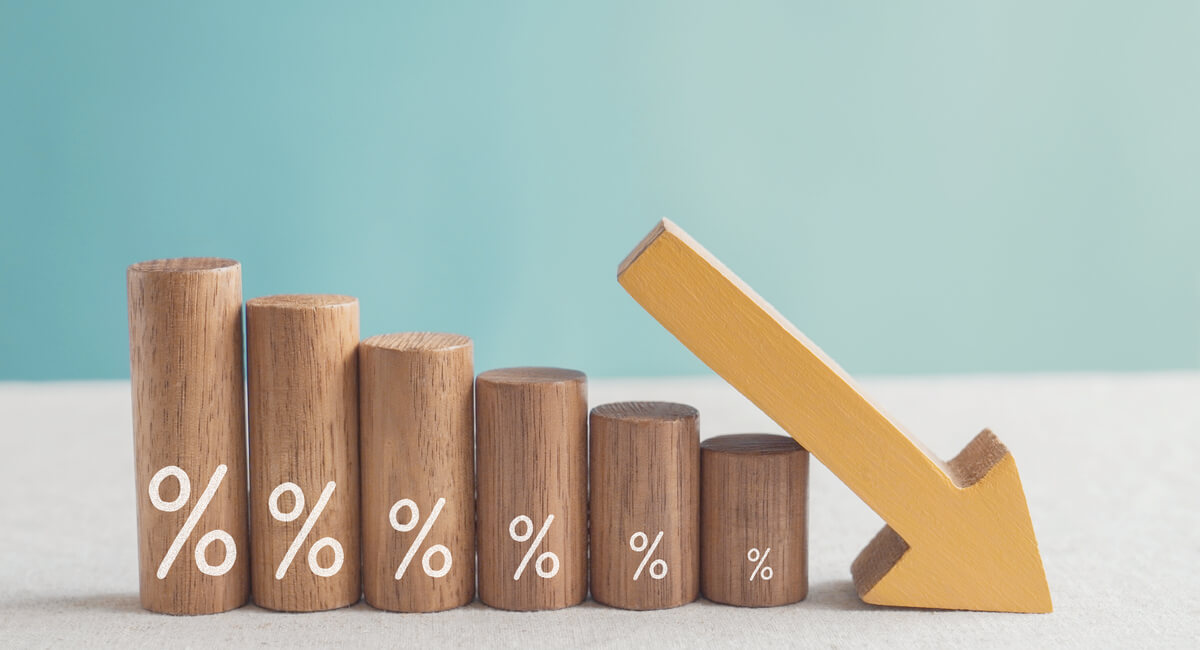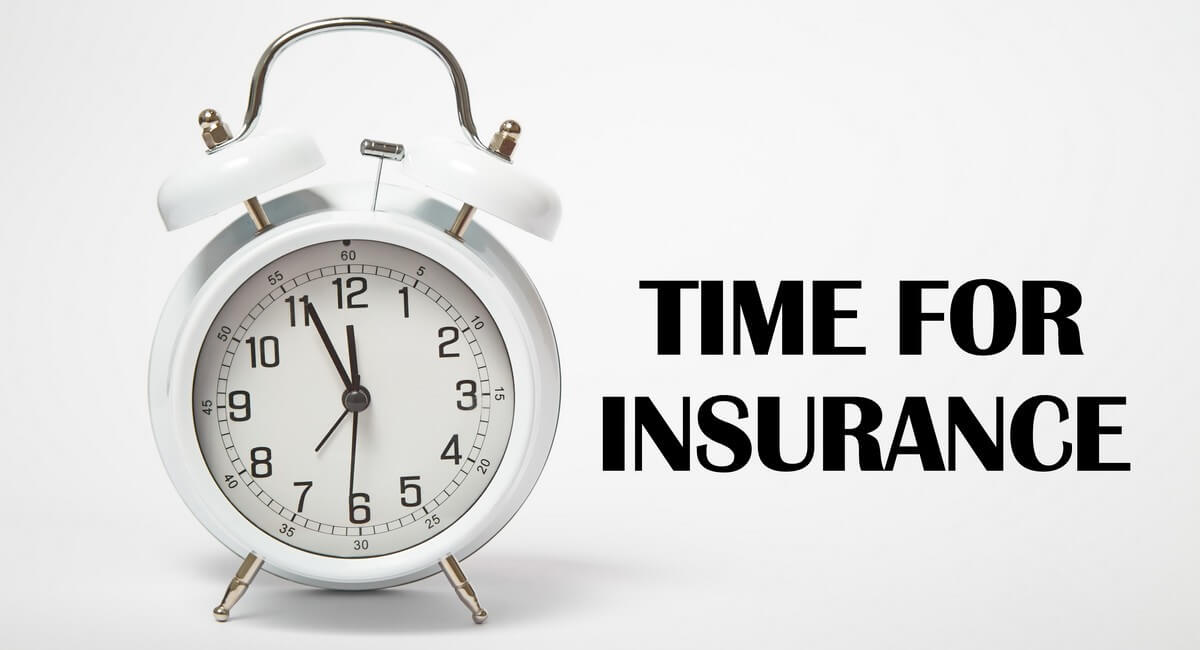Concerns about climate change are growing stronger every year. Many regions across the country are vulnerable to hurricanes, wildfires, tornadoes, and other natural disasters, all of which are occurring more frequently and causing more severe damage. Climate disasters are unpredictable, so it’s natural to be worried about protecting your property. If you own a home or plan to purchase one soon, you should keep climate concerns in mind. Planning for the possibility of climate-related damage can help you avoid a catastrophic financial loss.

How Climate Change May Affect Homeowners
Homeowners are worried about climate change for a number of reasons. The most at-risk areas of the country are already starting to see the effects of climate change on the real estate market. Here are a few ways climate change may create more risks for you as a homeowner:

Property Damage Risk
One of the most obvious and concerning risks of climate change for homeowners is the potential for property damage. Even if your home is safeguarded against severe weather events, the property is still vulnerable. It’s also becoming more difficult to predict what types of disasters your region may be exposed to. For instance, hurricanes may start impacting more regions outside of the Southeast as global temperatures rise. The unpredictable nature of climate change means that all homes are at a higher risk of damage.

Insurance Problems
As the risk of severe property damage increases, obtaining insurance is becoming more and more difficult. Some insurance companies are already pulling out of the regions that have the highest risks. In some cases, homeowners have to purchase separate policies for specific climate disasters. For example, traditional homeowners policies don’t cover damage from flooding, so you have to purchase an additional policy if you live in a flood-prone area.
Insurance policies will also continue to get more expensive as climate concerns rise. Because property damage is becoming more frequent and more severe, insurance companies are increasing their prices to cover their losses. Some policies even have separate, higher deductibles for events like hail, wind, or wildfires.

Higher Costs Overall
In addition to higher insurance premiums, homeowners may face a number of other expenses due to climate change. Installing protective measures is far less expensive than paying to rebuild your home, but climate-proofing your property still involves steep costs. To protect your home from climate damage, you may have to invest thousands of dollars into upgrades.
Higher utility costs are another concern for homeowners. As temperatures rise, your home will use more and more energy to stay cool. The increased energy usage combined with rising electric rates have put many homeowners in a difficult financial situation.
Climate change could even impact property taxes in the coming years. If residents move away from high-risk areas in large enough numbers, cities and states may raise their taxes to compensate. Some municipalities have even discussed creating a dedicated property tax to fund climate change solutions.

Lower Resale Value
Purchasing a home in a high-risk region can create a financial burden. For this reason, previously desirable areas of the country are becoming much less popular. Although average property values continue to rise across the United States, certain areas will see a downturn in demand due to climate risks. If you already own a home in a region that struggles with climate disasters, you might struggle to sell it. If you’re planning to purchase a home in an at-risk area, you must grapple with the possibility that its value could decline.

How to Reduce Your Risk as a Homeowner
Concerns about climate change are completely valid, but this doesn’t mean that all homeowners are doomed to loss and destruction. As a current or prospective homeowner, there are plenty of things you can do to protect yourself financially and reduce your risk.

Evaluate the Risk
Understanding the risks of purchasing a property in a high-risk area is vital. Thoroughly researching the property and the surrounding area will help you prepare for the possibility of a climate disaster.
The National Risk Index from FEMA is one of the best resources for prospective homeowners. It shows the probability of hurricanes, tornadoes, flooding, wildfires, and other natural disasters in your county. You should also check the seller’s property disclosure to see if the home has any history of damage. Additionally, the home inspection should reveal vulnerabilities that may put the home at risk during a climate event.
Keep in mind, though, that changing weather patterns may increase the property’s risk of damage in the future. Just because the area hasn’t experienced a climate event in the past doesn’t mean one will never occur.

Focus on Preventative Maintenance
Researching the property’s risk will help you determine which weather events your home is most vulnerable to. Then, you can invest in safeguards that will reduce the risk of costly damage.
If you buy a home in a hurricane-prone area, consider purchasing hurricane shutters and sandbags to protect the property from wind and water damage. If you live in a region vulnerable to wildfires, you can reduce your risk by investing in rooftop sprinklers and maintaining a garden of fire-resistant plants.
Keeping these important protective measures in mind could also help you during your home search. You may want to look for properties that already have these safeguards in place.

Get Insured
Purchasing insurance should be one of your top priorities after buying a home. If you currently own property in a high-risk area, you should make sure your coverage is sufficient. You can determine how much coverage you need by assessing how much it would cost to rebuild your home. You should also consider the cost of replacing your personal possessions and finding a temporary place to live if your home becomes uninhabitable.
Depending on the region you live in, you may need to purchase additional policies beyond your standard homeowners insurance. In many regions, flood insurance is an absolutely essential safeguard.
If you’re a home buyer concerned about climate change, you’re not alone. Increasing risks of natural disasters are already impacting the real estate market, and these challenges will only continue to grow. The overall costs of owning a home will likely rise in the coming years. However, you can prepare to the best of your ability by staying informed on the risks, investing in protective measures, and obtaining thorough insurance coverage.



